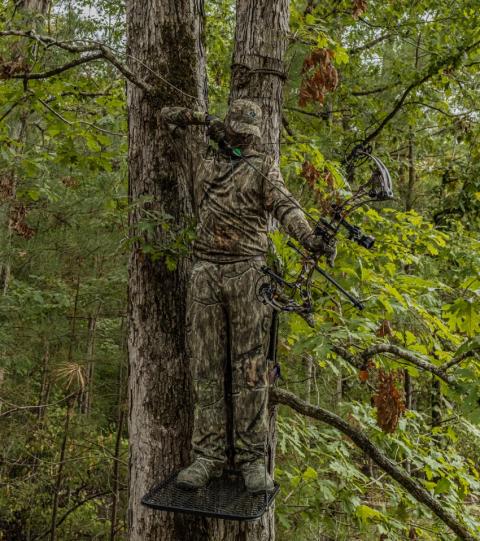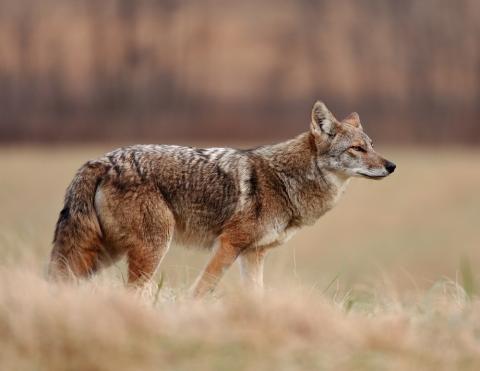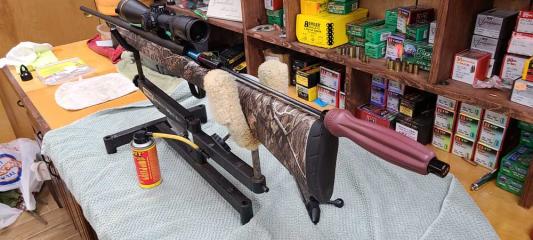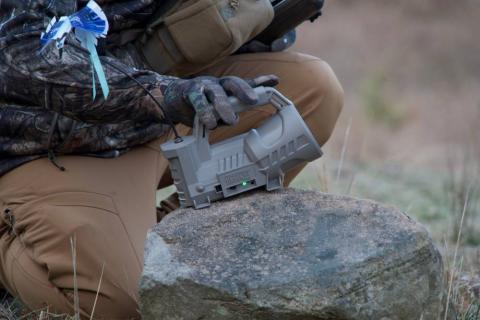
Paul Annear
As hunters, we all dream of owning or having access to a large piece of ground in a desired hunting neighborhood. Unfortunately, that is not the reality for many. Instead, a number of hunters are left trying their luck on small pieces of ground, sometimes with very little big buck history to boost confidence. The truth is, many hunters not only get by hunting small farms, they thrive. You can too.
There are a few critical components to making a small property work for you though. First, you must find ways to attract and hold deer. This is the name of the game since you have a small property. Depending on your location and neighbors, expectations must be kept in check, or you risk burning yourself out. You also need to know the “DNA” of the property and cater your hunting and habitat improvements around the best times to hunt. Here’s how you can effectively deer hunt properties 20 acres or less in size.
Attracting Deer to Your Property
All things considered; I had a tough deer season in fall of 2023. The typical food plots and other attractions I usually make time for didn’t find a way into my schedule. It was very defeating knowing deer had little motivation to swing by my tree stand. Due to the lack of food and water on this property, it felt like I was completely out of the game. Lesson learned.
If you’re hunting a small property and expect to get deer within bow range, you have to find ways to attract and hold deer, its that simple. On twenty acres or less, that is a real challenge unless the property has an abundance of natural resources like apple trees, acorns and other food.
If the property lacks natural food, it doesn’t mean things can’t be improved, especially if you know bucks like to frequent the area and check for does. If they pass through your 20 acres, there is a high likelihood they may swing by for a drink from a waterhole or grab a bite to eat from your backwoods Non-Typical clover plot.
Bucks travel extreme distances during the rut, so you should expect that a few familiar bucks will set up their new home base on your neighbors’ larger property. Subsequently, you can expect to have a few random bucks cruising through your small property.
If you have a portion of the property that could be improved for bedding and cover, break out the chainsaw and start improving cover at ground level. You may not be able to house a large number of deer, but if you can provide bucks the illusion of being safe and having everything else they need – you stand a chance at arrowing a target deer.
Access
How you enter and exit a small hunting parcel is paramount. You cannot afford to spook deer and expect to have a successful hunt on a small property. When I look for small permission properties, I like to see the property be mostly timber so I know I can access it better for morning hunts where I can expect deer to be filtering back to bed. I can hunt more mornings than evenings due to my life commitments and growing family. Knowing this, I attempt to find properties better suited for mornings.
If you have a small property mainly consisting of a large food source like a corn or soybean field, you will have a difficult time sneaking in for morning hunts if you are forced to enter tree stand locations through the field. Evening hunts would be better. Just be sure your access route in takes you away from portions of the field where deer will step out. Walking in brushing against soybean leaves or cornstalks will give a mature buck ample opportunity for his nose to tell him something isn’t quite right!
If the property has steep terrain where bedded deer will spot you walking in after the leaves drop, consider planting a screening blend to hide your access. Some locations are truly un-huntable depending on the time of day you plan to access. Play your hunts off those prime areas and attempt to move food or water sources to a location better suited to your access, wind direction, and thermals.
Find the “DNA” of the Property
For decades, Mark and Terry Drury of Drury Outdoors have preached the practice of understanding the “DNA” of your farm. It’s no different on a small piece of land. Once you know when deer frequent your small property, you can begin to cater those habitat improvements and food sources around those times. This will also help you understand when to keep pressure off your property.
If you live on your small hunting property, there will be a temptation to hunt frequently. Some intrusion early season can be ok if you want to harvest antlerless deer but just understand that a mature buck only tolerates so much intrusion and human pressure before moving less in daylight. This can be make or break for your small hunting property. You’ll likely want to give it a rest for a bit after putting some meat in the freezer.
If your property has lots of movement during early season because you’re surrounded by lush alfalfa, you need to be dialed in for early season and keep tabs on trail cameras and other intel so you know when to go after bucks calling your land home. If you are surrounded by corn or yellowing soybeans, hold tight because once October and November roll around, it’s likely you’ll see an influx of deer. If you have all the other factors like small green food plots and water sources in order, you can expect to have an excellent rut property.
Expectations
It might sound like I’m encouraging every hunter to hunt a small 20-acre parcel of land where they can expect to shoot quality deer every year. Well, that isn’t the case. Hunting small properties still requires you to keep your expectations in check and try to avoid the comparison trap with hunters on much larger properties. Twenty acres sandwiched between two larger landowners in southern Iowa requires different expectations than 20 acres of land in northern Minnesota.
How your state manages deer matters. Are you in a one buck state? Two buck state? The mindsets of hunters in different states, counties and even neighborhoods should be considered as well. I know of neighborhoods in high pressure states that rival properties in fantasyland states like Iowa or Kansas. You need to understand your situation and understand that circumstances vary dramatically from one hunter to another.































